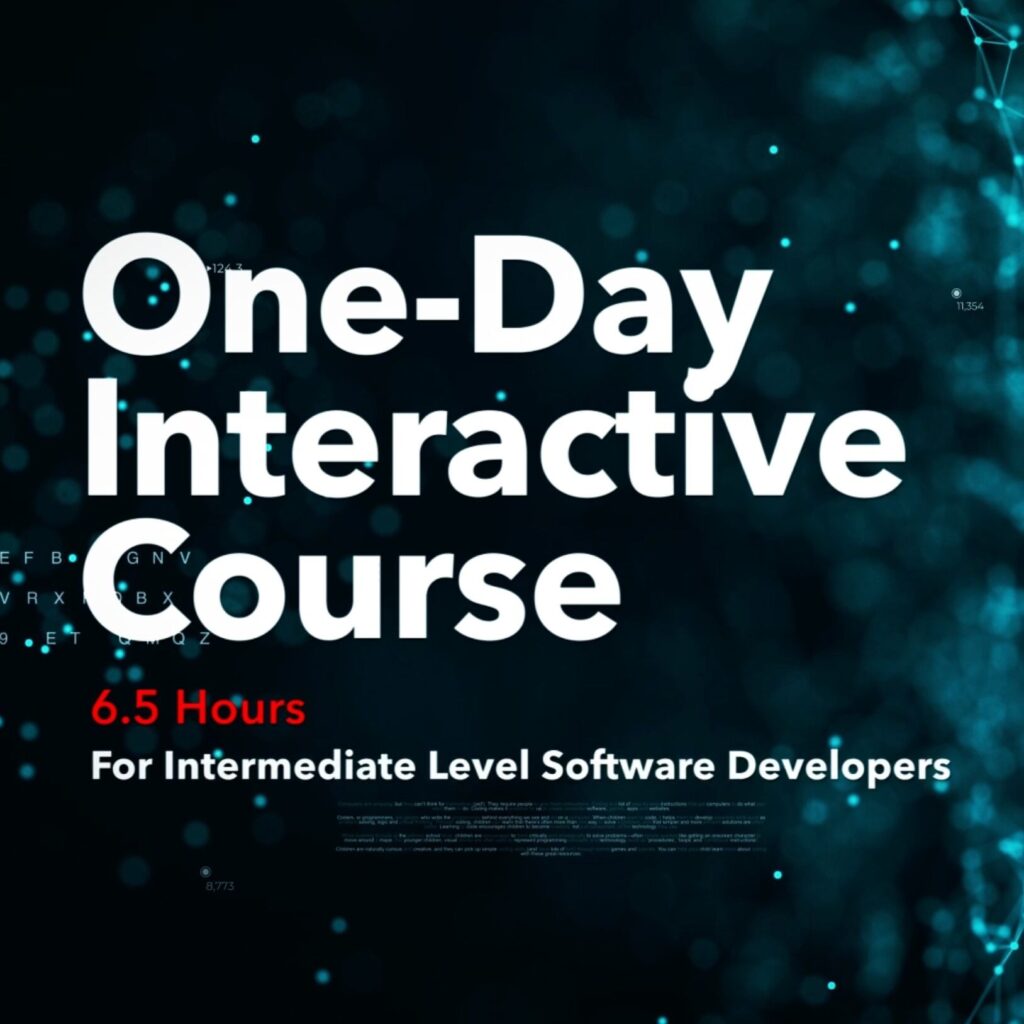If You’re Not Learning, You’re Falling Behind

Why Lifelong Learning Is a Must in a World of AI, Agile, and Rapid Tech Shifts
In technology, the only constant is change—and it’s moving faster than ever. From AI breakthroughs to the rise of low-code/no-code platforms and the continual evolution of cloud-native development, the software world reinvents itself at lightning speed. If your team—or your consulting partner—isn’t learning, it’s not just treading water. It’s falling behind.
At Intertech, we believe staying current isn’t a luxury—it’s a responsibility. That’s why we’ve embedded continuous learning into the fabric of our culture.
1. The Ground Is Always Shifting
Think back just a couple of years. LLMs weren’t part of mainstream development. Now, platforms like ChatGPT, GitHub Copilot, and dozens of API-integrated AI tools are changing how we write, debug, and even conceptualize code.
It’s no longer enough to be great at one stack. Developers—and the firms they work with—must be nimble, curious, and ready to evolve.
2. Internal Training: Built-In, Not Bolted On
At Intertech, we’ve institutionalized growth. Our internal training programs ensure developers stay sharp with new languages, frameworks, security protocols, and architecture patterns. It’s not just about attending a one-off workshop. It’s about building a learning mindset.
From live classes to asynchronous resources, we empower team members to explore new tech on their own schedule—without sacrificing project delivery.
3. AI Isn’t a Threat. It’s a Tool.
A lot of developers worry AI is coming for their jobs. We see it differently.
AI is the new assistant in your IDE. It helps accelerate routine work, improve accuracy, and reduce the mental load of boilerplate tasks. But to truly benefit from it, developers need to know how to work with AI—and when not to.
That’s why we offer hands-on AI workshops, use prompt engineering internally, and bake AI capabilities into our project lifecycle through our UnifiAI offering. We’re not just learning AI. We’re teaching our clients how to wield it wisely.
4. Learning Is the Ultimate Competitive Edge
Whether it’s working with clients in new industries, migrating systems to the cloud, or building mobile-first experiences, learning fuels innovation. It allows us to anticipate challenges, guide our clients proactively, and avoid the stagnation that kills great companies.
Final Thought
There are no finish lines in technology. There’s only forward. At Intertech, we’ve made the choice to lean into the future—through training, tools, and talent development.
Because if you’re not learning, you’re not just falling behind… you’re making room for someone else who is.



